Camera-microscope Adapter for Less Than $15
by 5inister in Craft > Photography
55176 Views, 50 Favorites, 0 Comments
Camera-microscope Adapter for Less Than $15

Make a microscope adapter for SLR and DSLR cameras and learn how to get proper exposure while using it.
Materials
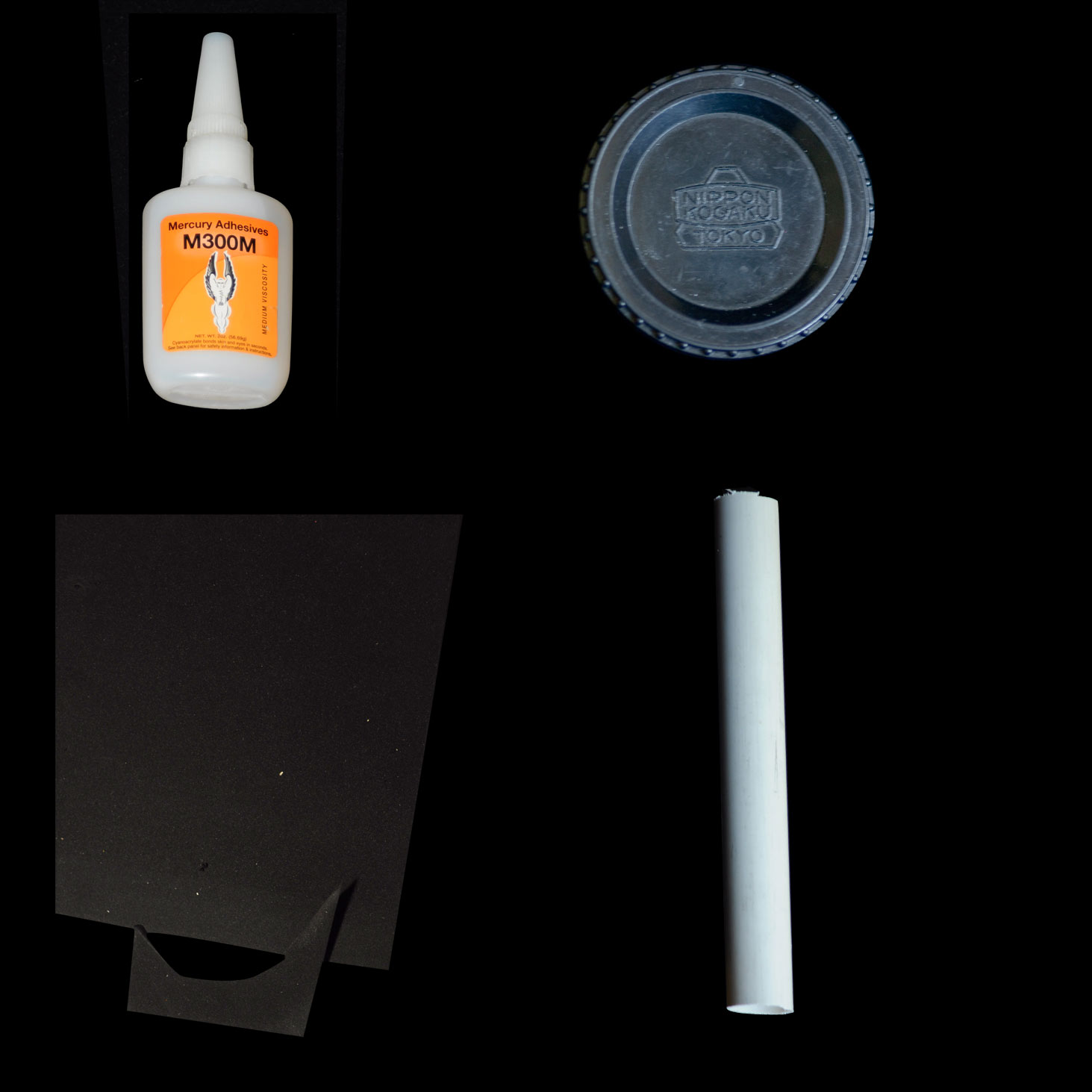
You will need the following materials, most of them are fairly cheap and can be bought on-line or at any hardware store, I made this for any Nikon camera but the list is universal:
Camera Body Cap (Available at ebay for Nikon and Canon).
PVC pipe slightly smaller in diameter than the body cap (I used 5cm / 2" for nikon cameras).
Sheet of foam (Ethylene-vinyl acetate) 5mm / 1/10" thick.
Mate black spray paint.
Crazy glue or any other cyanoacrylate based glue.
A ruler, a drill, circular saws, scissors, hot wire and other cutting/measuring instruments.
Camera Body Cap (Available at ebay for Nikon and Canon).
PVC pipe slightly smaller in diameter than the body cap (I used 5cm / 2" for nikon cameras).
Sheet of foam (Ethylene-vinyl acetate) 5mm / 1/10" thick.
Mate black spray paint.
Crazy glue or any other cyanoacrylate based glue.
A ruler, a drill, circular saws, scissors, hot wire and other cutting/measuring instruments.
Cut PVC Pipe and Spray Paint.
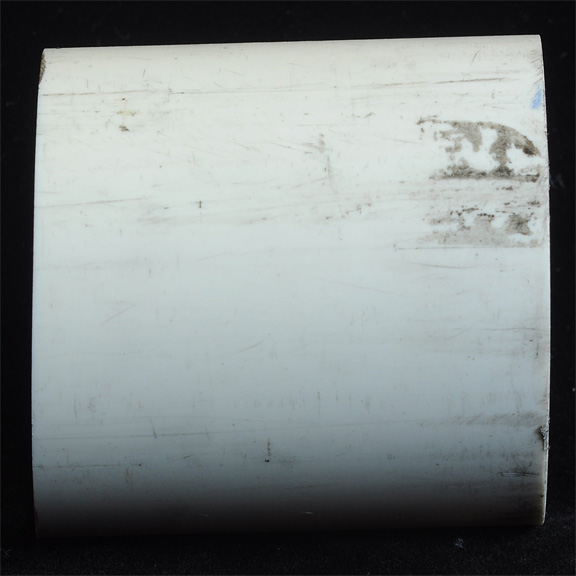
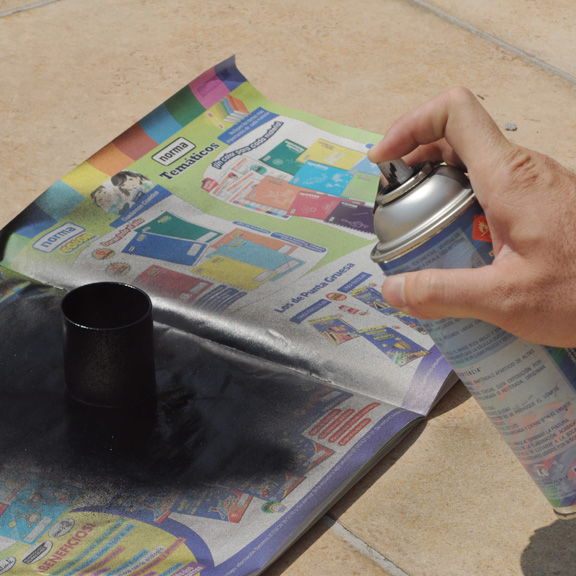
Cut the PVC pipe, I cut it to a length of 5cm / 2" but the length is up to you.
Keep in mind that the longer the PVC pipe the more magnification you get from the microscope. Pipes longer than 10cm / 4" will require exposure times grater than 4 seconds (under ISO 200).
After you've cut the pipe make sure the base and the top are straight by sanding the edges. Once you have a pipe that will stand straight on a flat surface you can start painting it.
Remember to use mate paint, otherwise the glossy finish will cause reflections that will show in your photos. While painting apply several thin layers of spray paint.
Keep in mind that the longer the PVC pipe the more magnification you get from the microscope. Pipes longer than 10cm / 4" will require exposure times grater than 4 seconds (under ISO 200).
After you've cut the pipe make sure the base and the top are straight by sanding the edges. Once you have a pipe that will stand straight on a flat surface you can start painting it.
Remember to use mate paint, otherwise the glossy finish will cause reflections that will show in your photos. While painting apply several thin layers of spray paint.
Cut and Glue Foam.
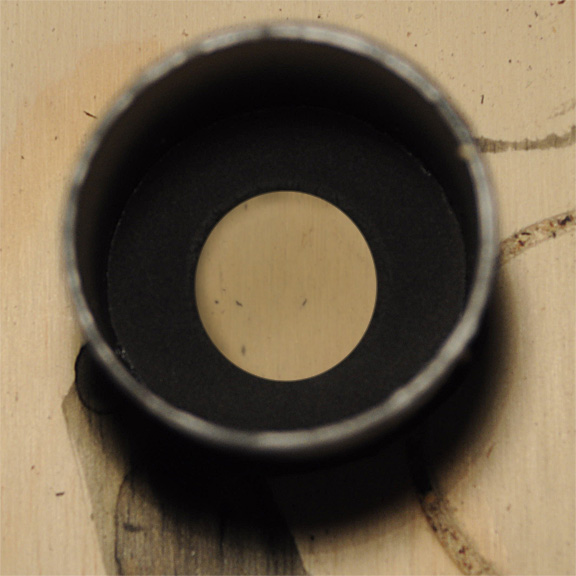
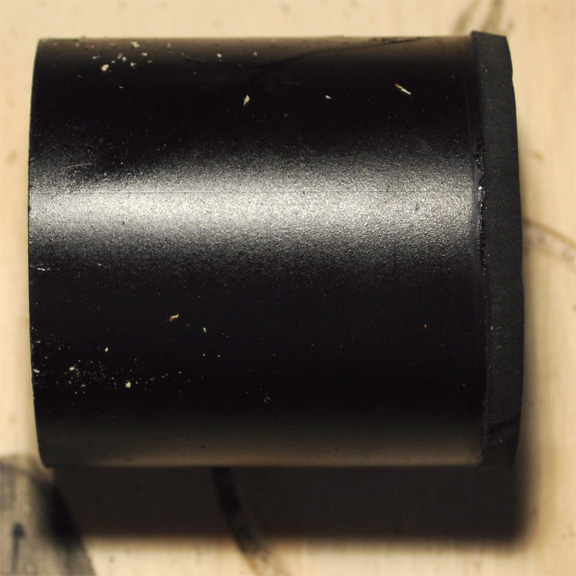
Cut (using hot wire) the foam to make a ring (like the one on the photo). The outside of the ring should be of the same diameter as the PVC pipe, the inside of the ring should be slightly (about 0.5cm / 1/5") smaller than the eye piece of the microscope that you will use (so you need to measure the eye pieces before you start).
Once you've got your ring, apply a small amount of crazy glue to one edge of the PVC pipe and glue it to the foam while applying pressure.
Once you've got your ring, apply a small amount of crazy glue to one edge of the PVC pipe and glue it to the foam while applying pressure.
Cut and Glue the Cap
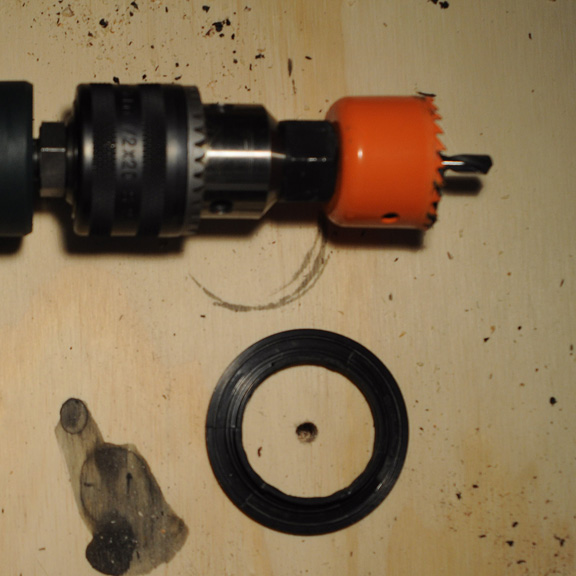
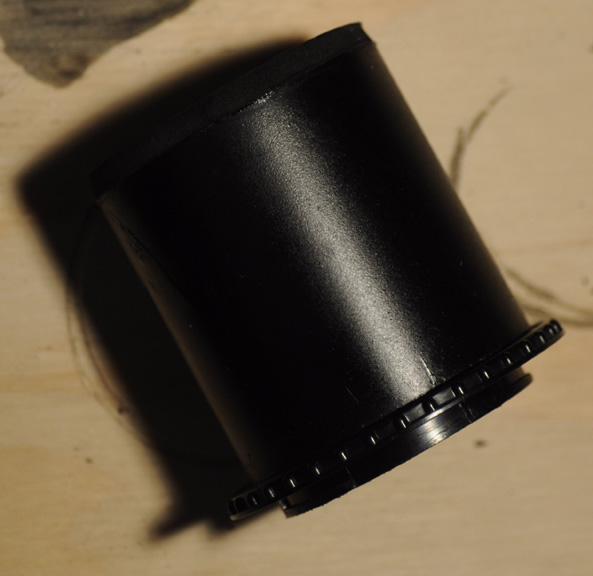
Cut the inside of the body cap with a drill and a round saw. Be careful not to damage the tabs that fit inside the camera or else the adapter will not hold in place. Cut just where the inner circle finishes (see picture).
After cutting, glue the cut cap to the other side of the pipe with the tabs facing outwards. Glue like you did with the foam.
After cutting, glue the cut cap to the other side of the pipe with the tabs facing outwards. Glue like you did with the foam.
Fit on to Camera and Microscope
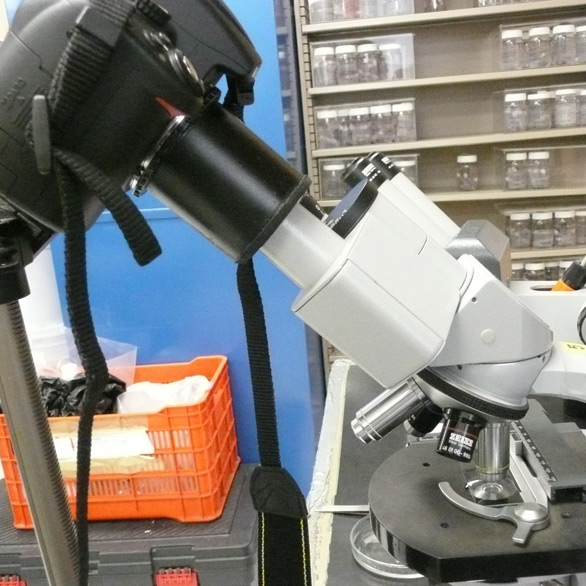
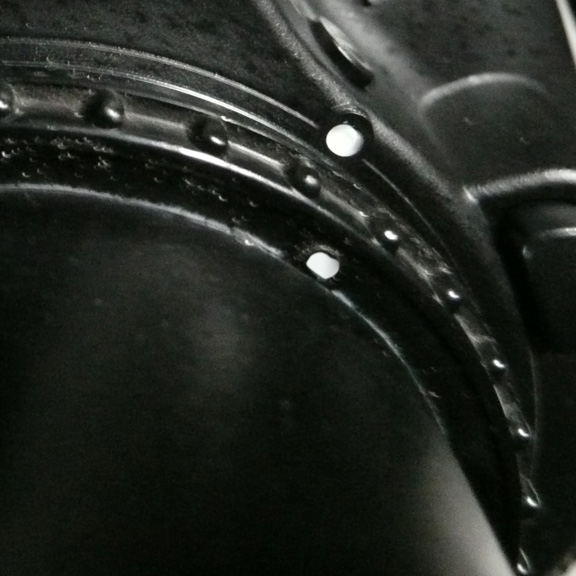
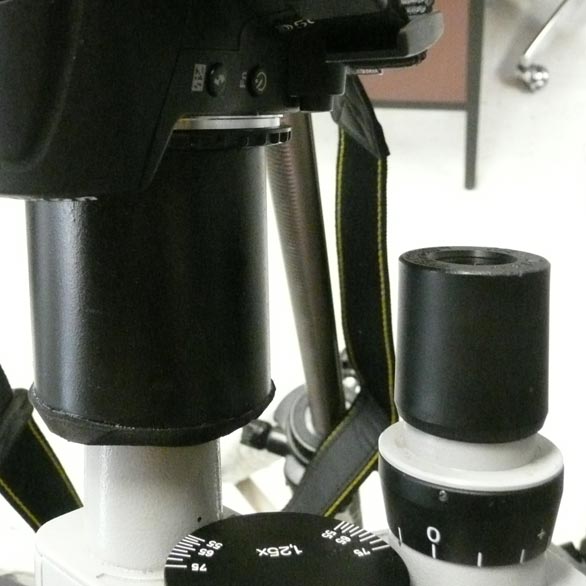
Thanks to the body cap the adapter fits on the camera like any other lens. Just align the two points and rotate.
To fit the camera on the microscope make the eye piece go through the hole in the foam. Since the hole is slightly smaller than the eye piece this should be light proof. Exposure times will be long so make sure you USE A TRIPOD.
To fit the camera on the microscope make the eye piece go through the hole in the foam. Since the hole is slightly smaller than the eye piece this should be light proof. Exposure times will be long so make sure you USE A TRIPOD.
Taking Photographs
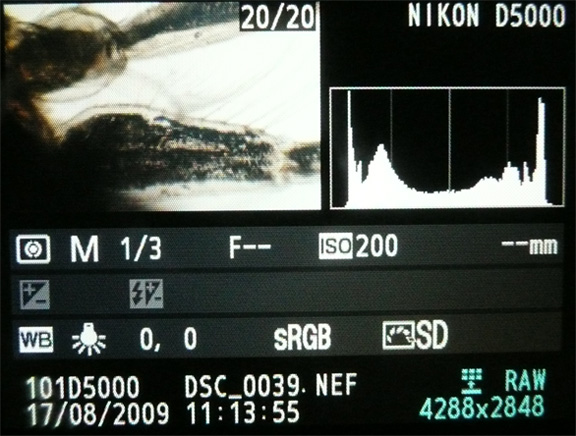
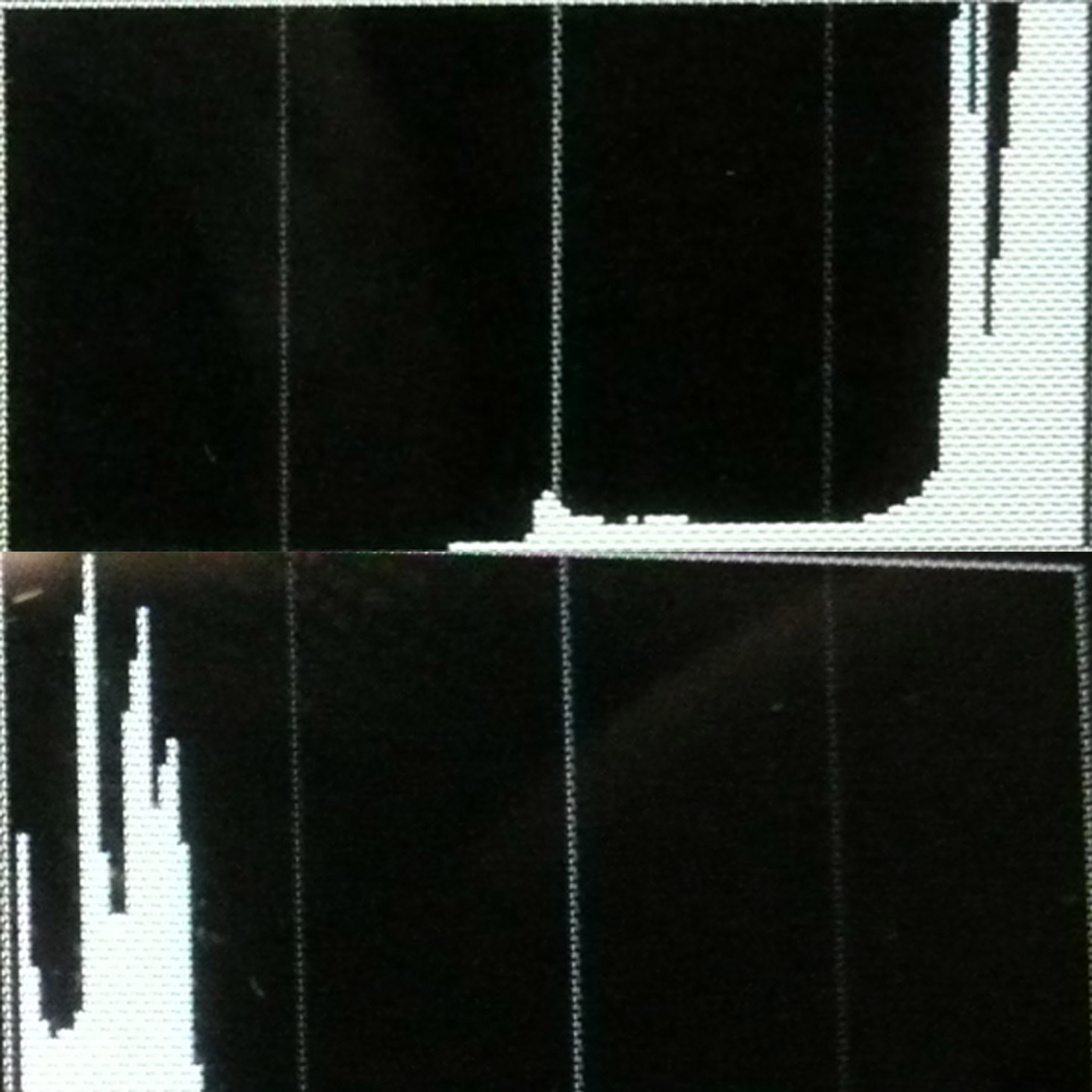
To take pictures you must use the lens of the microscope.
LIGHTING
I always use Kohler ilumination for light microscopy, you must start by doing this even if you want to do dark field or phase contrast photos.
FOCUS
Focus should be made looking through the camera, it may be a little hard to focus since the texture on the focusing screen becomes very visible.
EXPOSURE
If you are using a film camera make sure the light meter works without a lens, if it doesn't try ISO 400 for 1/2" second with the lamp brightness of the microscope set to the highest possible.
If you are using a digital camera the light meter probably won't work with this adapter so the best shot is to make a first exposure using ISO 200 and 1". Then on the picture preview check the histogram (levels). If the levels are to the left than increase exposure time, if they are to the right than decrease them. The idea is to have as much as possible of the area with bars (see picture).
WHITE BALANCE
White balance must be set to "Tungsten Light" or "Auto". For film cameras a blue filter (80B @ Amazon.com or Ebay.com) must be placed on top of the microscope lamp.
SHOOT THE PICTURE
When you are ready to shoot make sure you do so by using the self timer or a remote control shutter release to avoid motion blur.
IT'S A GOOD IDEA TO BRACKET.
LIGHTING
I always use Kohler ilumination for light microscopy, you must start by doing this even if you want to do dark field or phase contrast photos.
FOCUS
Focus should be made looking through the camera, it may be a little hard to focus since the texture on the focusing screen becomes very visible.
EXPOSURE
If you are using a film camera make sure the light meter works without a lens, if it doesn't try ISO 400 for 1/2" second with the lamp brightness of the microscope set to the highest possible.
If you are using a digital camera the light meter probably won't work with this adapter so the best shot is to make a first exposure using ISO 200 and 1". Then on the picture preview check the histogram (levels). If the levels are to the left than increase exposure time, if they are to the right than decrease them. The idea is to have as much as possible of the area with bars (see picture).
WHITE BALANCE
White balance must be set to "Tungsten Light" or "Auto". For film cameras a blue filter (80B @ Amazon.com or Ebay.com) must be placed on top of the microscope lamp.
SHOOT THE PICTURE
When you are ready to shoot make sure you do so by using the self timer or a remote control shutter release to avoid motion blur.
IT'S A GOOD IDEA TO BRACKET.
Samples
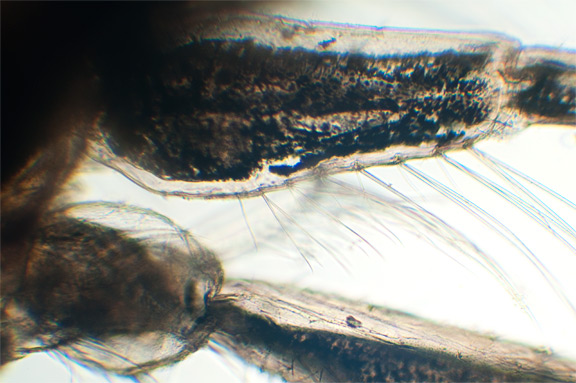
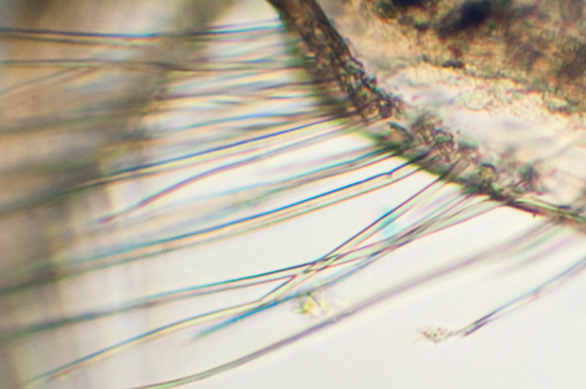
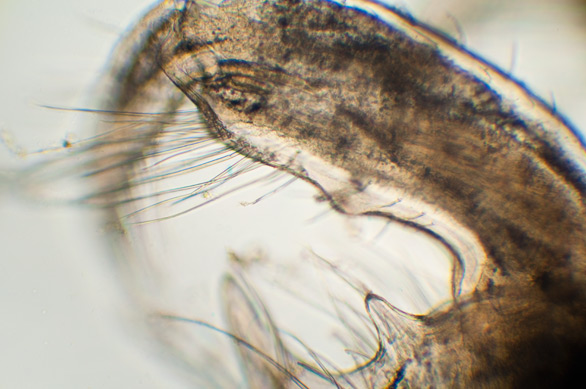
Here are a few samples made using this adapter and a Nikon D5000.
The D5000 is a good option because of it's live view funtion which makes it easier to focus as well as enabling you to take video.
Video test using spermatozoa:
The D5000 is a good option because of it's live view funtion which makes it easier to focus as well as enabling you to take video.
Video test using spermatozoa: